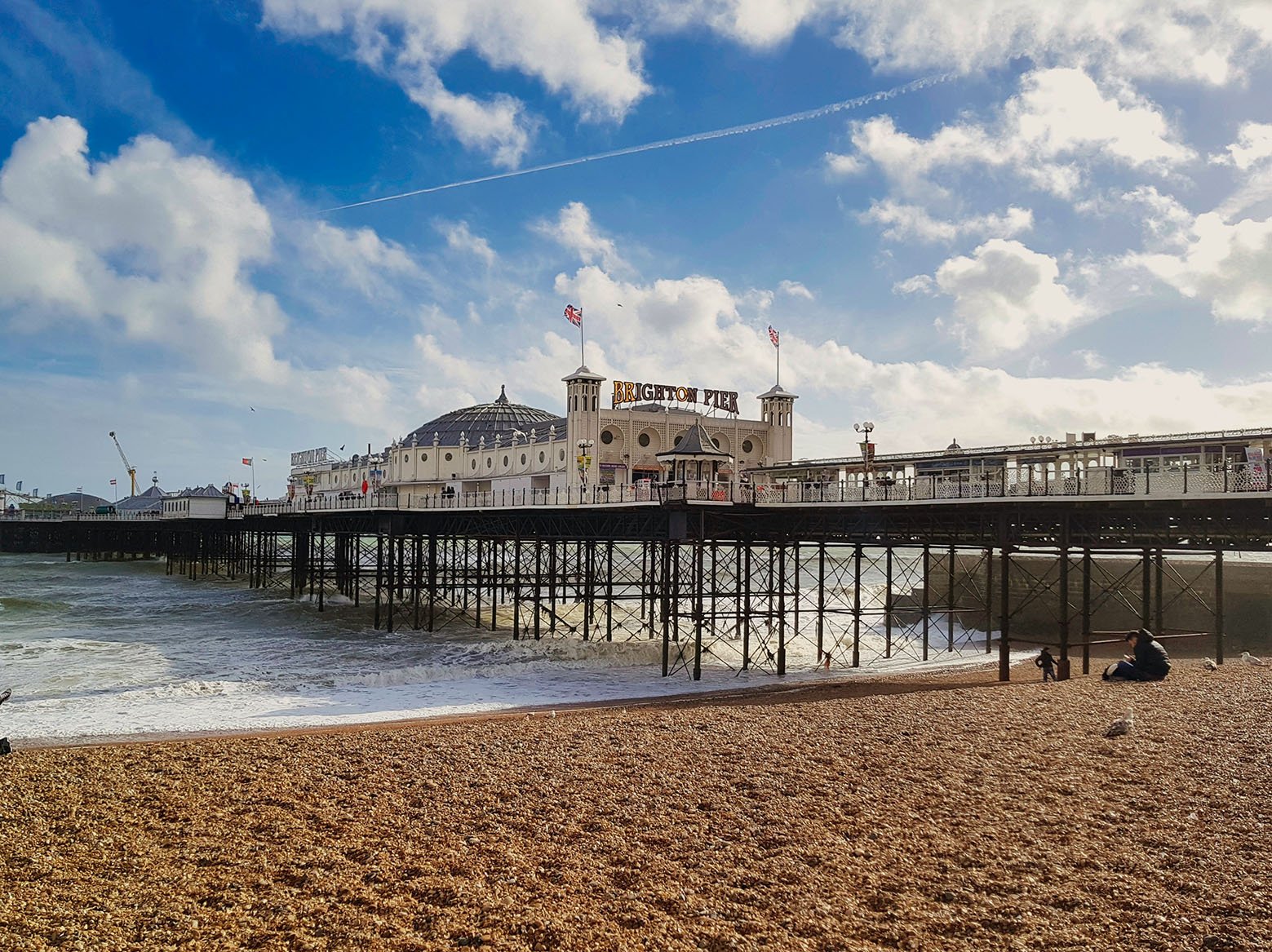English Charm
Exploring East Sussex
East Sussex, located on the southern coast of England, is a county renowned for its diverse landscapes and rich cultural heritage. Bordered by West Sussex to the west and the English Channel to the south, it offers a unique combination of scenic countryside and picturesque coastal towns. The South Downs, a range of chalk hills, provide stunning vistas and are recognized as an Area of Outstanding Natural Beauty, attracting outdoor enthusiasts and nature lovers alike.
Historically, East Sussex has played a significant role in England's development. The county has a wealth of archaeological sites, with evidence of human activity stretching back thousands of years. Notable historical landmarks such as the Battle of Hastings site remind visitors of the region's pivotal moments in British history. The Norman Castle at Lewes, dating back to the 11th century, further emphasizes East Sussex's historical significance and offers insights into the medieval period.
Culturally, East Sussex is vibrant and diverse, hosting numerous festivals, arts events, and markets. The city of Brighton, known for its eclectic atmosphere, is a cultural hub that attracts artists, musicians, and performers. The annual Brighton Festival showcases a rich tapestry of theatrical performances, music, and visual arts, underscoring the county's thriving creative scene. Additionally, the charming seaside town of Hastings offers a unique blend of history and modernity, making it a popular destination for family outings and cultural exploration.
Complementing its historical and cultural offerings, East Sussex is characterized by a variety of natural attractions—the iconic chalk cliffs at Beachy Head and the serene landscapes of the Seven Sisters Country Park are just a few examples. These features, coupled with its engaging communities and stunning coastal views, contribute to East Sussex's popularity as a visitor destination, welcoming millions each year who seek to explore its undeniable charm.
Places
East Sussex Attractions

Battle of Hastings Site
The Battle of Hastings, fought on October 14, 1066, marks a pivotal moment in English history, dramatically altering the course of the nation. This infamous encounter was propelled by the struggle for the English throne between two formidable leaders: William, the Duke of Normandy, later known as William the Conqueror, and King Harold II of England. The clash at Senlac Hill, near Hastings in East Sussex, was not merely a significant military confrontation; it represented a profound shift in political power and cultural identity on the British Isles. The Battle of Hastings site is located in East Sussex, England, specifically in the town of Hastings. This historical location is easily accessible from a variety of major cities and regions, making it convenient for visitors to explore this iconic landmark.

Beaches of East Sussex
East Sussex boasts a large collection of beaches that cater to a wide array of visitors. The region's coastline stretches approximately 50 miles, presenting a variety of landscapes, from picturesque cliffs and sandy shores to pebbly beaches tucked away in charming coves. The climate in East Sussex plays a significant role in shaping the beach experience. With a temperate maritime climate, visitors can expect mild winters and relatively warm summers, making it an ideal destination for beachgoers throughout the year. East Sussex's beaches offer diverse experiences tailored to different interests. Families can enjoy sandy stretches such as those found at Camber Sands. Adventure seekers can explore the dramatic Seven Sisters cliffs, offering exhilarating hiking trails and breathtaking views of the English Channel. In contrast, those in search of tranquility may find solace at the quieter beaches of Peacehaven or Saltdean.

Brighton and Hove
Brighton and Hove, located on the southern coast of England, is a remarkable destination noted not only for its scenic beach but also for its vibrant culture and historical heritage. Once separate towns, Brighton and Hove have merged into a single city, maintaining distinct identities while sharing the allure of a coastal lifestyle. The history of Brighton dates back to the 18th century when it grew from a small fishing village into a fashionable resort, drawing visitors seeking the therapeutic benefits of sea bathing. The city's influence peaked in the Regency era, establishing extensive architecture that remains a hallmark of its urban landscape.
The cultural fabric of Brighton and Hove is notably diverse, characterized by a blend of traditional values and contemporary lifestyles. This coastal city is renowned for its arts scene, hosting numerous festivals, galleries, and theaters. The Brighton Festival and Brighton Fringe are significant annual events that attract artists and performers from around the world, transforming the city into a hub of creativity and entertainment. Additionally, the presence of various eateries, ranging from Michelin-starred restaurants to quaint cafes, contributes to Brighton and Hove’s reputation as a culinary hotspot.
